are very thin (about 3mm), are very light (about 800 – 1000 grams), do not hinder the wearer’s daily activities, are registered with the National Registry of Medical Devices of EOF. Excellent design in orthopaedic manufacturing requires skill and knowledge. The use of technology in the manufacture of orthopaedic braces, is a powerful tool to enhance the creative process. IDL TM combines the use of technology and its handmade production process to achieve the ideal result.
The thermoplastic material we have been using for years to create our orthopaedic braces, has the advantage of being subject to corrections (unlike new materials used in e.g. 3D printed braces) and can be adjusted to body changes of the wearer. This also means that there is no need to remanufacture an orthopaedic brace throughout the therapy, for very long periods of time, unlike other type braces. We also insist on the use of metal elements to reinforce the construction at the points where strong forces are applied to achieve maximum correction. Only certified materials such as thermoplastic and aluminum are used, resistant to time passing and with great durability. Every type brace (either Boston, DDB, Cheneau, and/or Post-Operative) is available and can be manufactured in any of the three signature coloured materials used, which are the Matte Nero™, the Space White™, and the Utopian Nude™ showcased below.
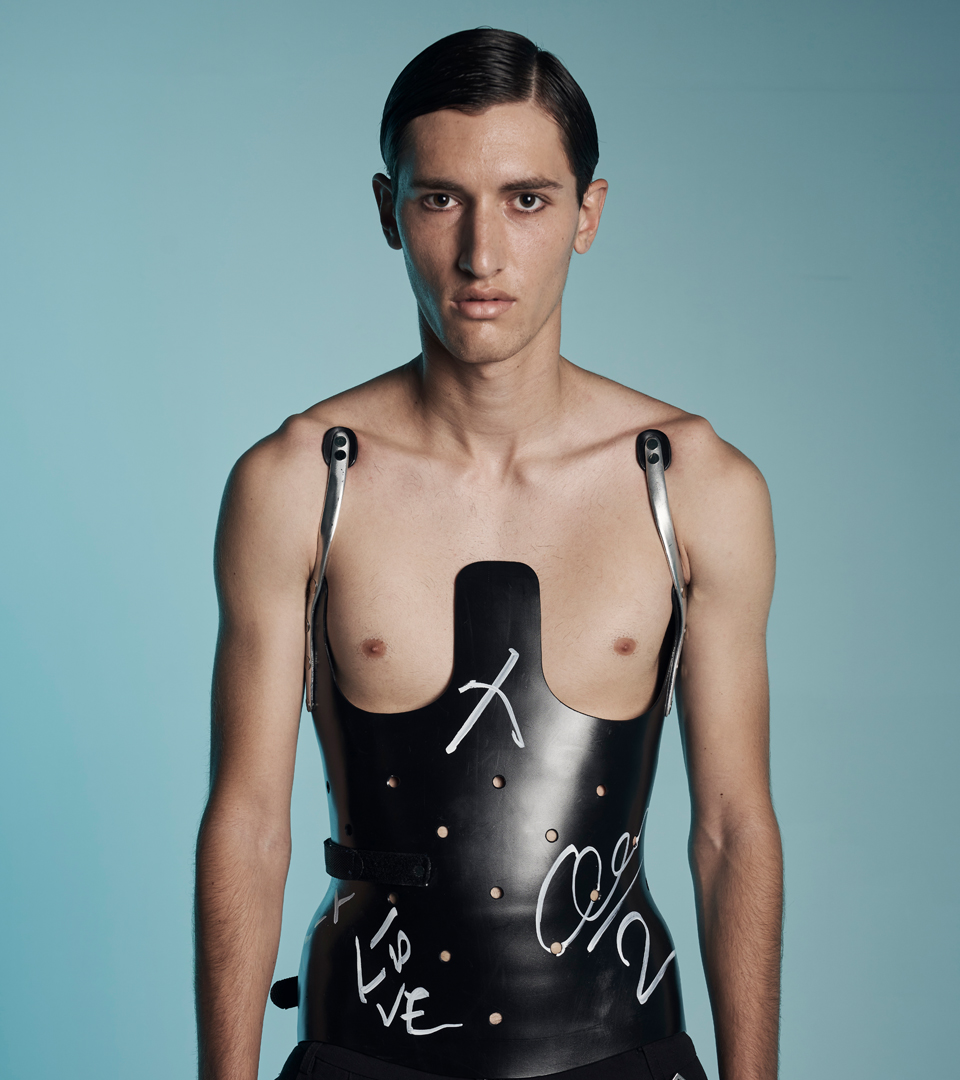
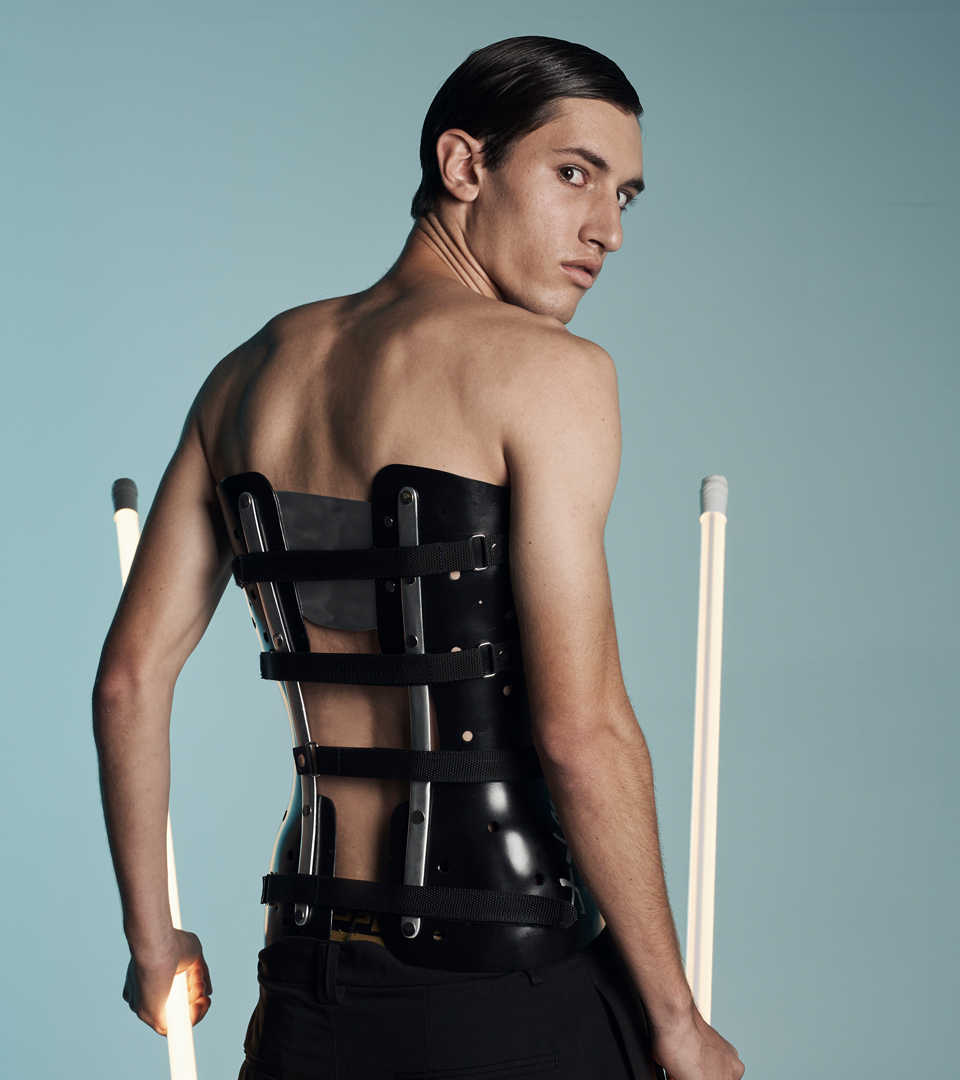
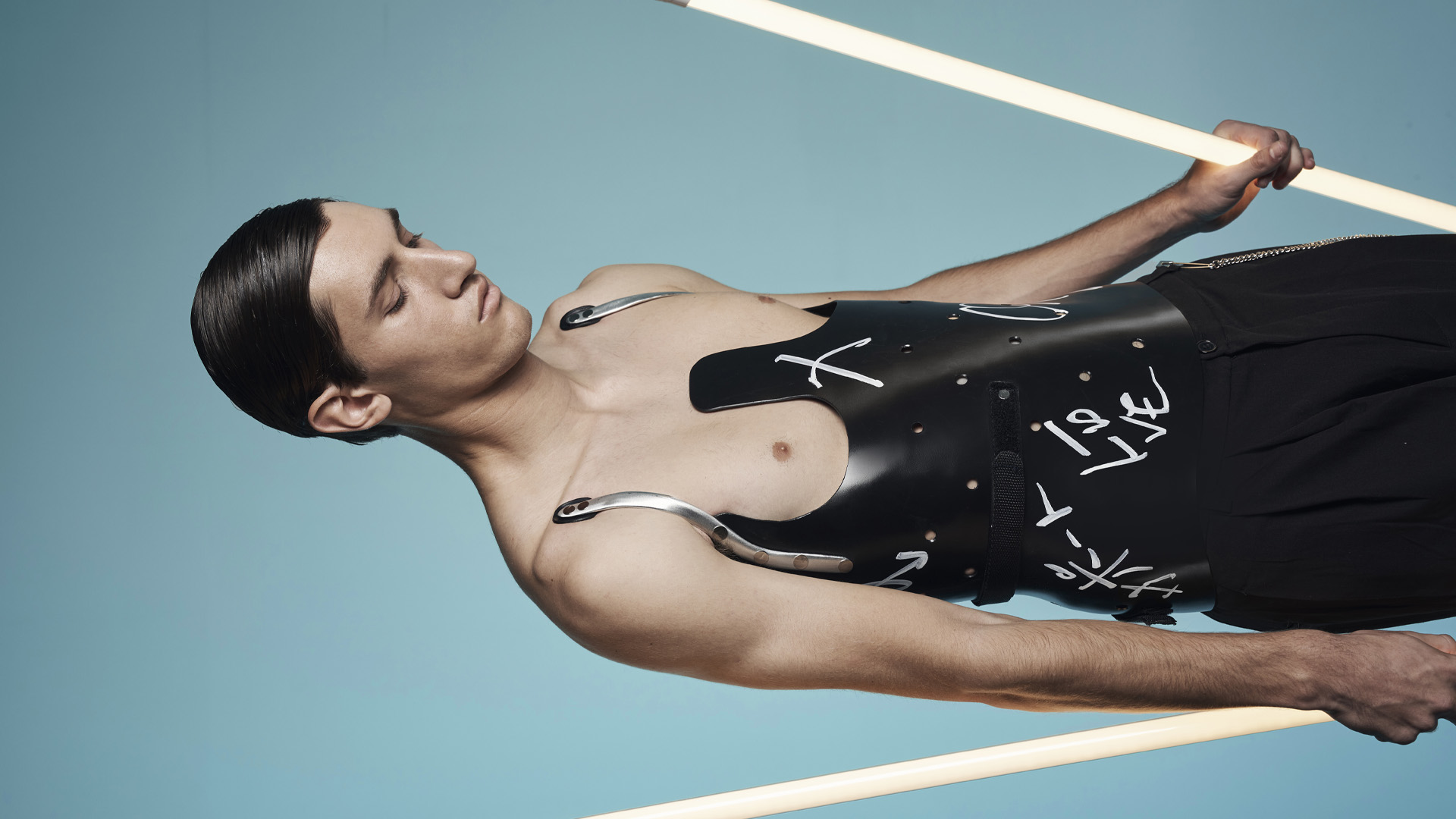
The BOSTON brace is the first successful attempt to manufacture a spinal brace from thermoplastic material in Greece.
It remains to this day the most effective for the treatment of juvenile kyphosis. It surrounds the body, reaching from the pelvis to high under the armpits and has a vertical opening on the back surface from where it is opened and worn. It is an almost absolute mold of the corrected body posture, to which it comes to complete and stable contact with the pelvis and without hindering daily activities.
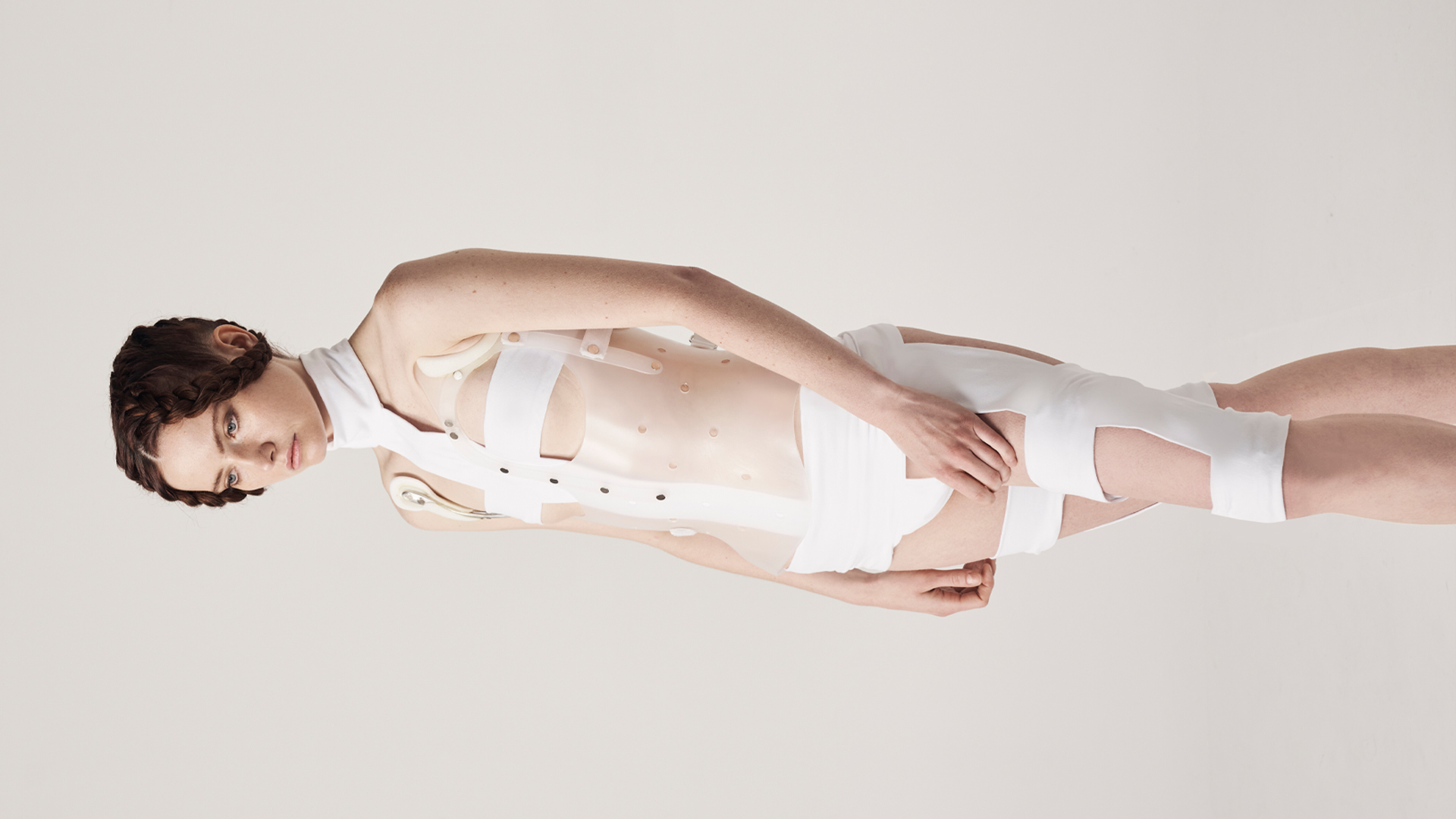

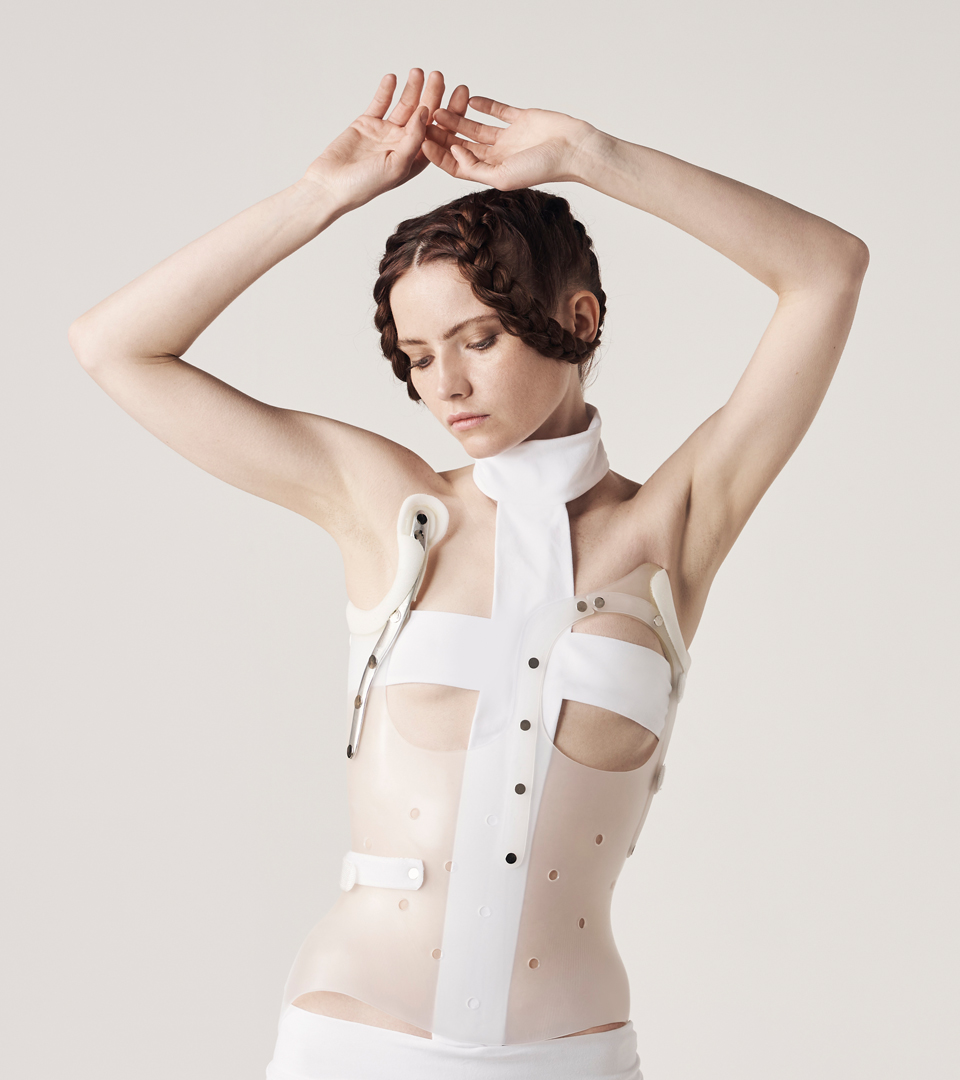
The Dynamic Derotation Brace (DDB) is an evolution of the Boston type brace and was designed to correct lateral deformities caused by scoliosis.
Its effectiveness lies in the addition of inverting presses thanks to which it acquires a three-dimensional action. The combination of the horizontal forces created by the inversion presses with the lateral forces from the walls of the brace leads to the correction of the curvatures of the spine as well as the turning of the vertebrae caused by scoliosis.
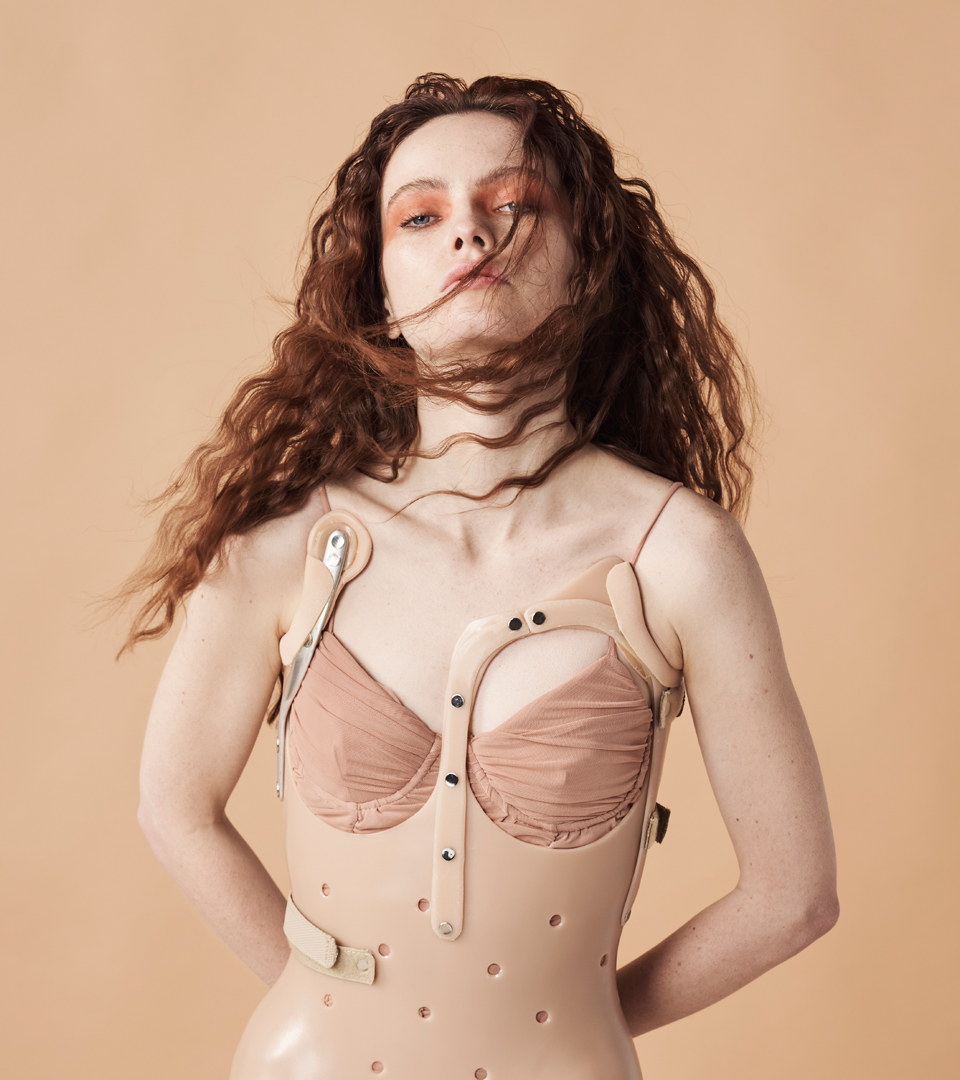
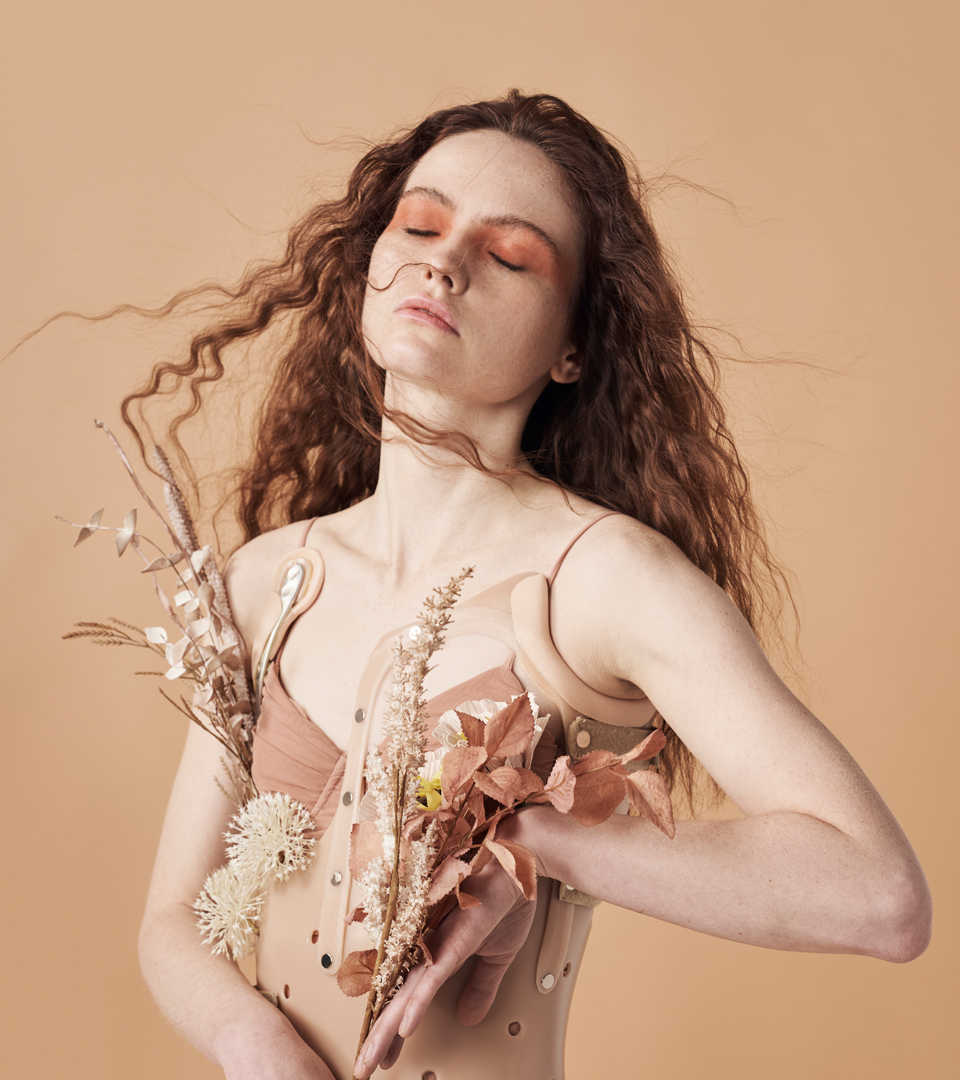
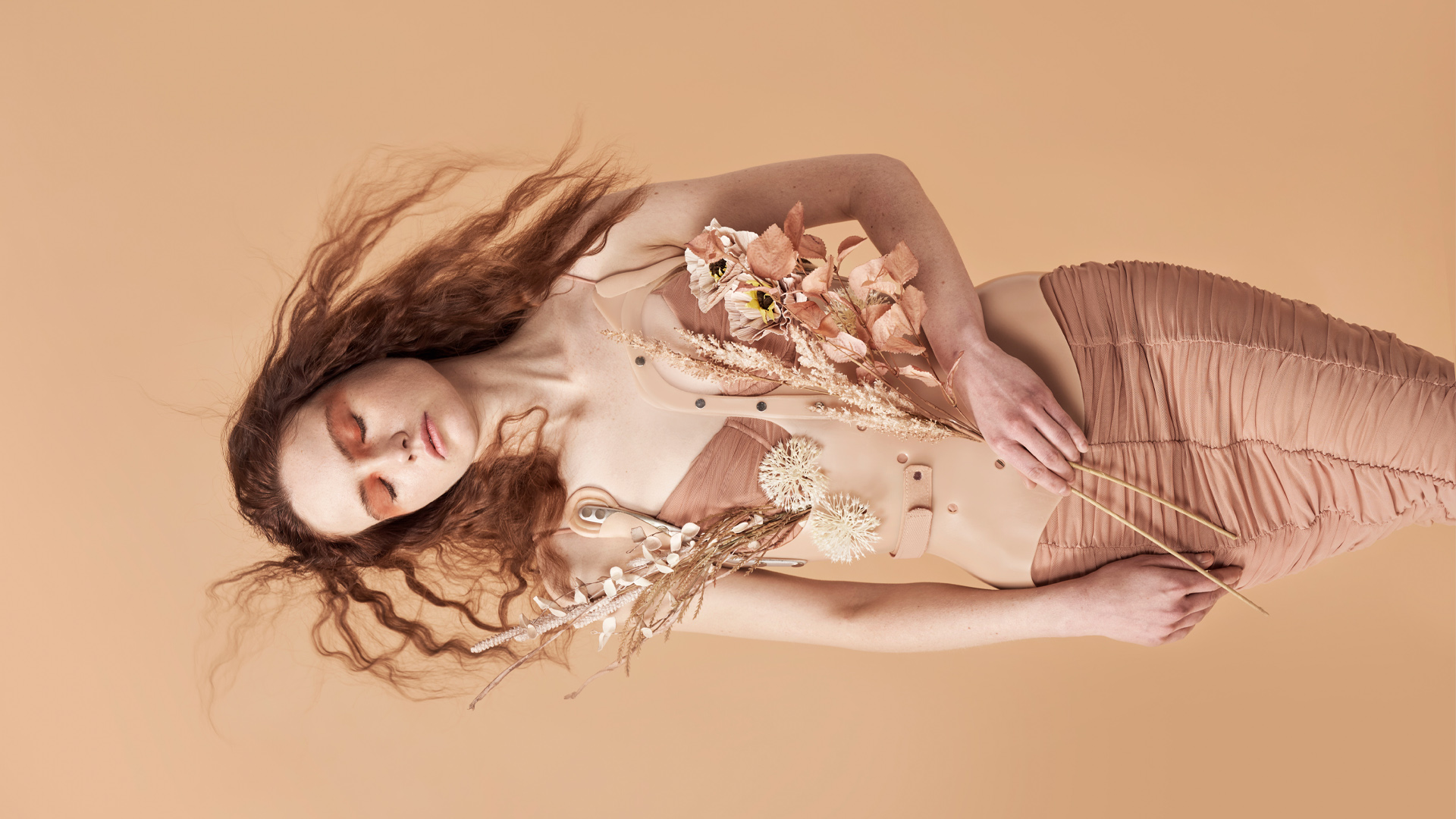
The Cheneau brace circles the body from the pelvis to under the armpits and fastens in front.
It is used in cases of mild scoliosis and for light conservative treatments.
Post-Operative braces are used after spine surgery or spine fractures that cannot be operated and more.
A post-operative brace is used after spine surgery when immobilization and stabilization of the vertebrae is required as well as in cases of fractures that cannot be operated and/or in adults with scoliosis-kyphosis that was not treated at a young age, always following the instructions of an orthopeadic doctor. It circles the body from the pelvis to under the armpits and fastens in front.